Highs and lows characterized much of marketing in 2024. The industry was enlivened by occasions for unity, including a blockbuster Summer Olympics in Paris, but the final stretch of the year brought back an atmosphere of uncertainty and risk aversion. Marketers rediscovered their brand-building appetites after an overcorrection toward performance marketing, but too much creative energy manifested in the realm of fleeting, directionless social content. How many brands excitedly billed themselves as “brat” or demure before abandoning the idea once the next trend took hold?
The seesaw effect was evident in areas like generative artificial intelligence (AI), which secured a steady deluge of investment but repeatedly proved itself unready for the limelight, with Coke’s holiday campaign the latest AI-driven concept to receive a shellacking. Rebrands and refreshes aimed at younger consumers also remained in vogue, with mixed results. Jaguar recently showed that going all-in on a bold, Gen Z-friendly new look still carries the risk of blowback for legacy brands.
Other marketers expertly threaded the needle and were able to revitalize not only brand perceptions, but also sales during a period of challenging consumer pullbacks. These companies drove an impact by executing specific tactics, whether related to purpose-driven marketing, ambassador partnerships, media strategy or, in one case, simply not advertising at all.
The best marketing of 2024, which Marketing Dive has assembled below, carries important lessons as industry decision-makers continue to feel the pressure to make fewer resources go further.
Liquid Death’s casket cooler collaboration with Yeti
Courtesy of Liquid Death
Best challenger brand marketing: Liquid Death
Liquid Death is seemingly always promoting a new brand collaboration, outsized stunt or celebrity partnership, keeping the canned beverage brand in the social media and trade press conversation. The constant stream of entertainment content is too steady for even its executives to keep up with.
“We put out so much stuff, I have to look back at our YouTube channel or Instagram to remember what we even did this year,” joked Vice President of Creative Andy Pearson.
The content-heavy approach — which doesn’t rely on paid media — is working. Apart from its $1.4 billion valuation, Liquid Death is killing the engagement and return-on-investment game with its anything-goes marketing approach.
This year, Liquid Death’s most successful efforts were out-of-nowhere brand collaborations, like a corpse paint line with E.l.f. Cosmetics, a hot fudge sundae LTO with ice cream chain Van Leeuwen and a casket cooler with Yeti.
“The partnerships are great, because they’re either people and brands that make total sense or ones that make zero sense,” Pearson said.
The E.l.f. collaboration notched more than 250 million social impressions as reaction videos ping-ponged across social media, while the Van Leeuwen product sold out in under 7 hours and was the No. 1 most successful grocery LTO on Amazon ever, per details shared with Marketing Dive. Along with the Yeti casket — which sold for $68,000 in auction — the collaborations demonstrate how Liquid Death is cutting through ad noise in a crowded category.
“A throughline of this year has been widening the palette of stuff that we’re painting with,” Pearson said.
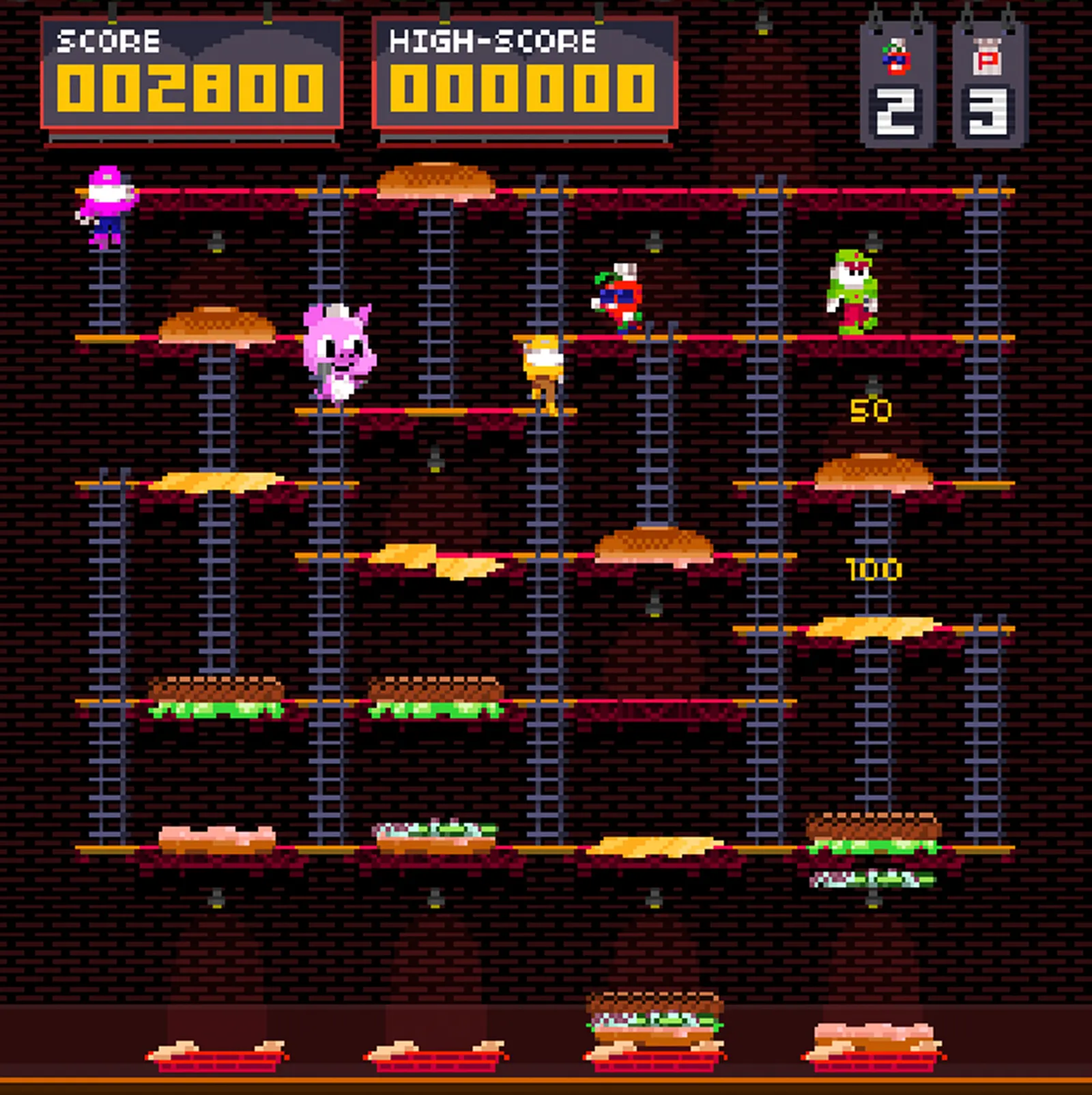
Big Smasher BurgerTime gameplay
Courtesy of Chili’s Grill & Bar
Best use of nostalgia: Chili’s Big Smasher BurgerTime
Chili’s is no stranger to looking backward to move forward, and after bringing back its iconic “Baby Back Ribs” jingle in 2023, the restaurant chain utilized nostalgia for ‘80s arcade games to reinforce its value messaging and stick it to fast-food chains.
The chain in June revealed Chili’s Big Smasher BurgerTime, a refreshed version of the classic platformer BurgerTime in which gamers toy with ladders to make ingredients transform into complete burgers.
Along with promoting its Big Smasher menu item, the game allowed Chili’s to take on a profit-crazed “evil Fast-Food Syndicate” and reinforce its value message while chains like McDonald’s and Burger King scrambled to assert their own value propositions. The strategy also helped the chain’s other main imperative: getting into the cultural conversation, according to CMO George Felix.
“It felt like a perfect blend to bring [back] a game like that has not really been rebooted. I definitely remember playing it on an Apple 2e computer with my sister growing up,” Felix said. (While CMO at Pizza Hut, Felix helped mastermind a similarly retro gaming experience around Pac-Man.)
Created by agencies Jon Marshall and Daughters and Media.Monks, Big Smasher BurgerTime accrued 8,184 hours of gameplay, or nearly a year’s worth of hours, over the campaign’s 20 days. But the effort wasn’t “nostalgia just for nostalgia’s sake,” Felix explained.
“It just felt like a really perfect match for us,” the executive said. “As games become more complex and sophisticated, there is something about that simplicity of those older games that people really gravitate towards.”
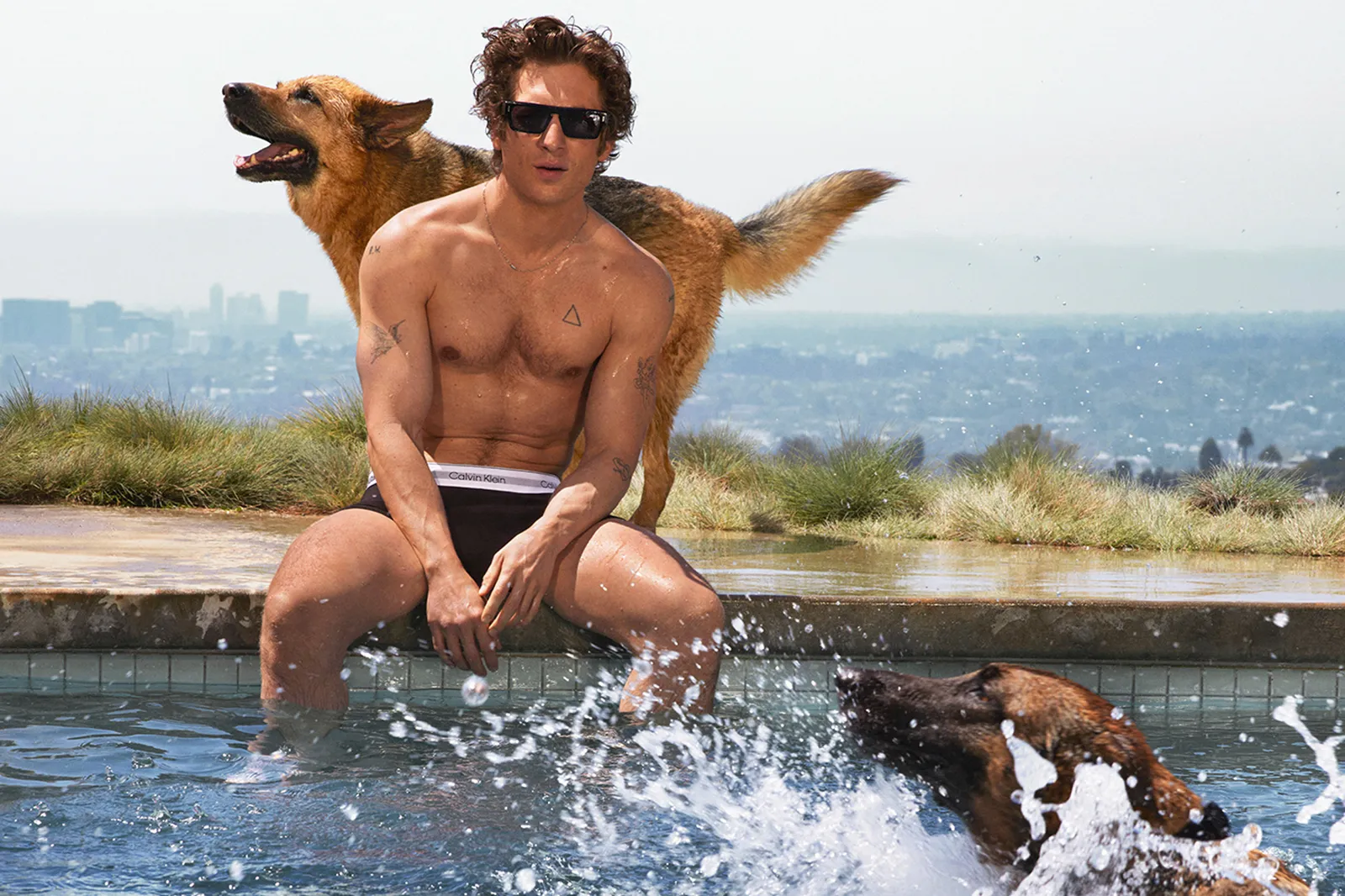
“The Bear” actor Jeremy Allen White for Calvin Klein
Courtesy of Calvin Klein
Best celebrity tie-in: Jeremy Allen White for Calvin Klein
A sea of marketers this year have sought high-profile celebrity partnerships in hopes of boosting their profile, but none managed to turn heads to the same degree as Calvin Klein’s steamy collaboration with up-and-comer Jeremy Allen White.
The 56-year-old brand in January released its spring 2024 ad campaign starring White, who was photographed in his hometown of New York City while sporting classic Calvin Klein styles. An accompanying video featured White exercising on a rooftop to the tune of Lesley Gore’s song “You Don’t Own Me.”
The campaign quickly achieved social media virality and fueled a number of awestruck TikTok posts. The resulting surge in social impressions was worth about $74 million, according to PVH Corp., the holding company of Calvin Klein. Within the first 48 hours of its debut, the campaign generated $12 million in media exposure.
The choice to link with White was in response to the impact of his leading role in FX’s “The Bear” and his passionate fanbase, factors that encouraged the brand to bet on the star’s potential, said Global Chief Marketing Officer Jonathan Bottomley.
“We’re focused on talents with ‘cultural velocity’ — those on the verge of breaking through, who are creating something bigger than themselves and whose fans really show up to support them — and that rang especially true for Jeremy,” said Bottomley in emailed comments.
Calvin Klein debuted a second ad starring White in August that showcased its fall 2024 collection. An accompanying video showed White poolside, soundtracked to The Shacks’ cover of “Crimson and Clover.” The repeat tie-up was meant to build on the initial campaign’s momentum and give consumers “more of what they wanted,” Bottomley said.
“To capture the cultural value we create, we aim to build partnerships over time — continuing the momentum and reinforcing the authenticity of the relationship,” Bottomley said.
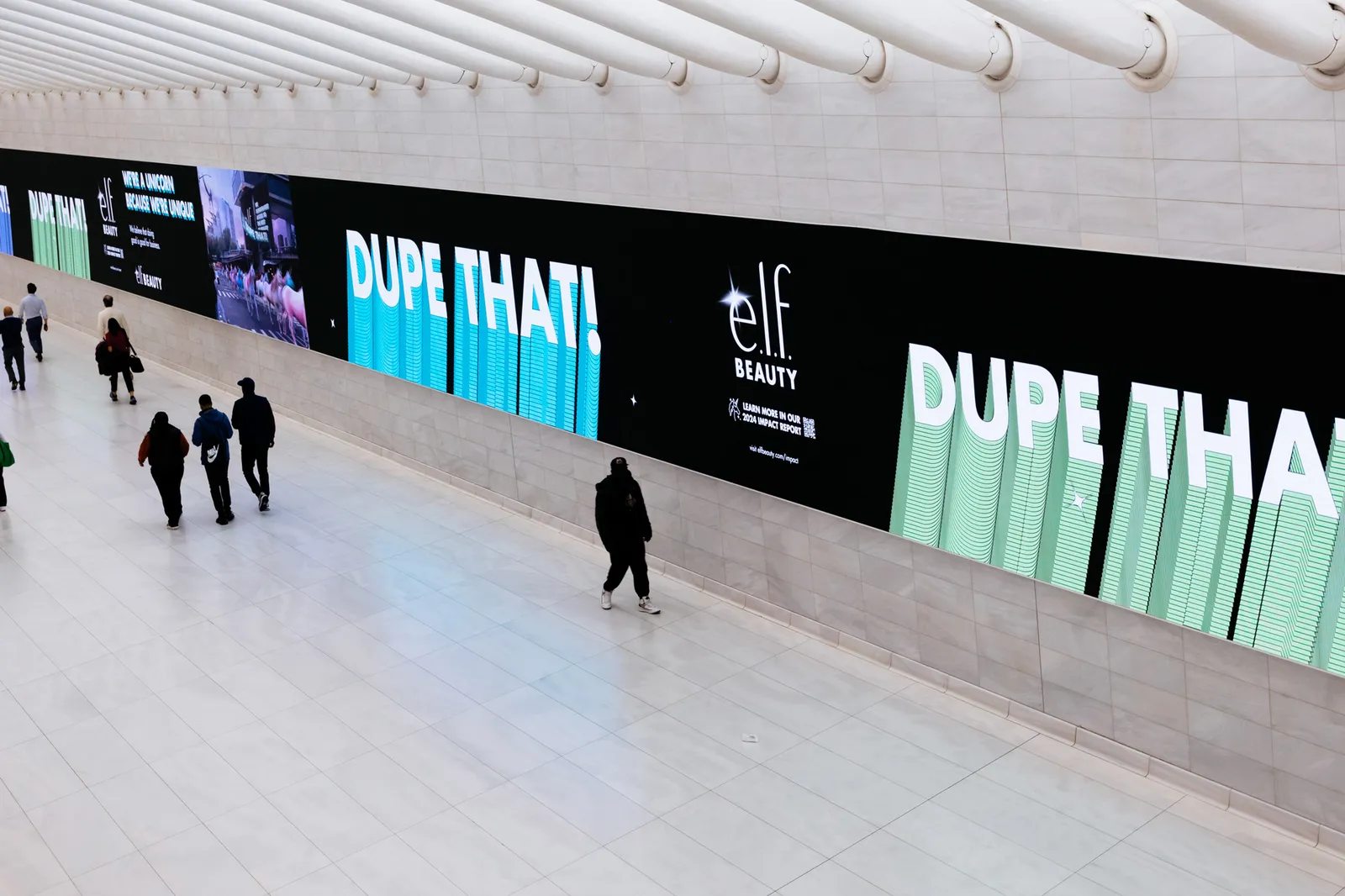
E.l.f. Cosmetics’ “Dupe That” advertising
Courtesy of E.l.f. Cosmetics
Best purpose-driven marketing: E.l.f. Cosmetics
During a year marked by enduring culture wars and DEI pullbacks, E.l.f. Cosmetics set out to achieve outlier status with purpose-driven marketing. The brand’s powerful calls for diversity, backed by bold paid and earned media plans, are part of its “Change The Board Game” initiative around corporate diversity.
A “So Many Dicks” campaign launched in May takes its name from the finding that there are nearly as many men named Richard, Rick or Dick as women from diverse groups on U.S. corporate boards. The effort, created with agency Oberland, included attention-grabbing visuals placed around New York’s Financial District that called out the preponderance of “Dicks.”
In October, E.l.f. launched “Dupe That!,” a campaign inviting other companies to join it in prioritizing making a positive impact. That push, which had a similar media strategy as “So Many Dicks,” generated a 99% positive sentiment. While encouraging other companies to “dupe,” or replicate, E.l.f.’s purpose strategy could spur competition, it demonstrates the brand’s commitment to change, said E.l.f. Chief Brand Officer Laurie Lam.
“Purpose is actually really sexy because it allows you to lead with your heart, and it allows you to carry through your brand ethos, which is something that makes my heart sing as well, because our brand ethos is what’s really important and what’s going to give us the long-staying … ability for us to resonate,” said Lam.
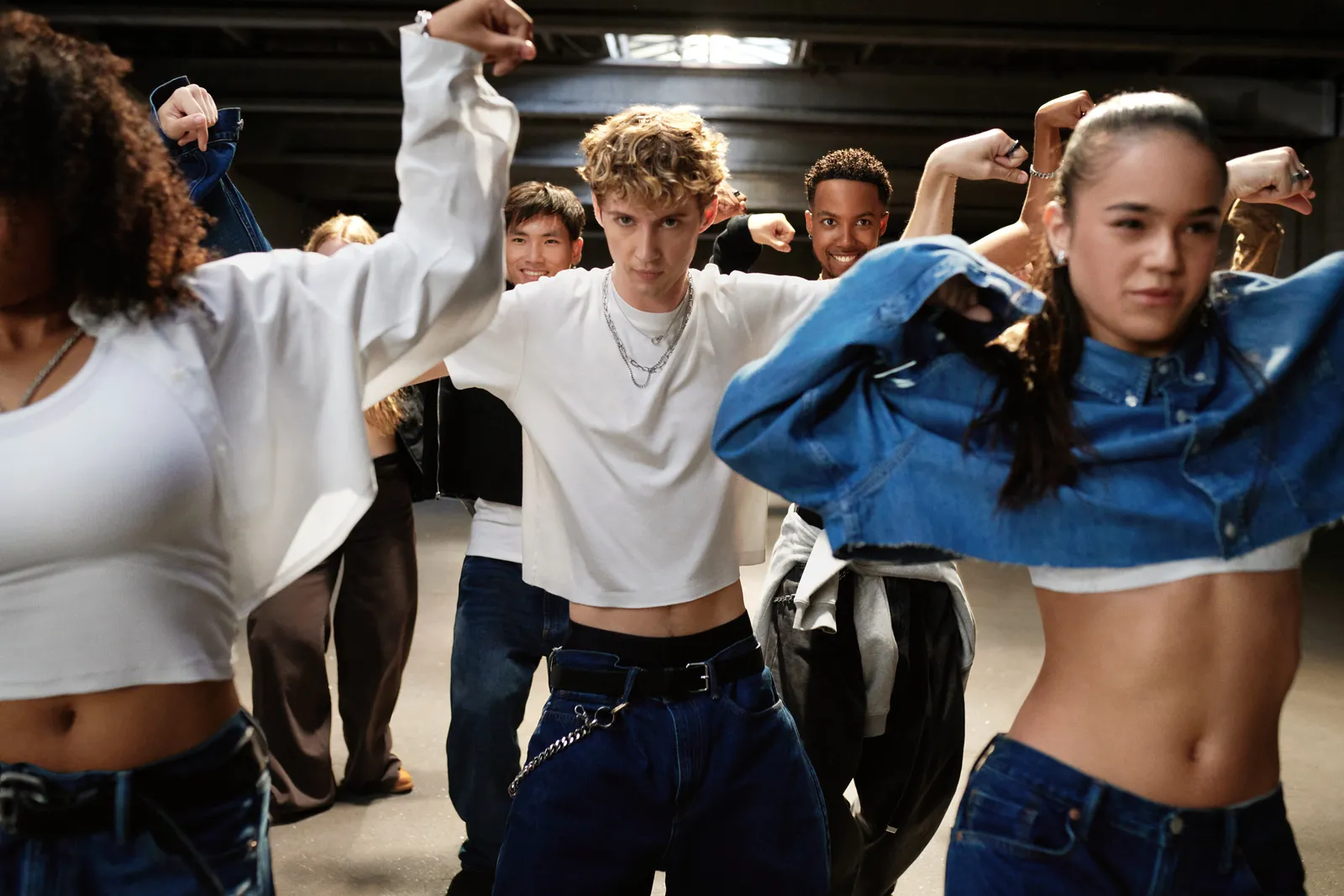
Singer Troye Sivan stars in Gap’s music-forward fall campaign
Courtesy of Gap
Best use of music in marketing: Gap
Few platforms drive the cultural discussion more than TikTok, the short-form app that frequently catapults musicians to overnight fame and inspires viral dance crazes. Gap ably capitalized on the phenomena this year with an advertising strategy centered on up-and-coming artists and carefully choreographed commercials.
Look no further than the retailer’s work on its fall-winter campaign starring pop star Troye Sivan, who spent a month on tour with “Brat” mastermind Charli XCX. “Get Loose” shows Sivan and dance group CDK Company as they put on Gap’s wide-fit denim and pull off an elaborate performance backed by Thundercat’s “Funny Thing,” a viral TikTok tune.
Sivan reunited with the choreographer of his “Rush” clip, Sergio Reis, for the videos, which inspired consumers to try out their own takes on the routine. Media spanned digital, print, out of home, video and social assets, as well as in-store playlists curated by Sivan.
The creative, which followed a similar concept with singer Tyla from the spring, resonated with Gap’s target Gen Z audience and contributed to a larger comeback narrative for the casual wear icon. Buttermilk, an agency that helped develop “Get Loose,” found the ads received engagement rates averaging 8.72% and view rates averaging 50.3% in the critical weeks after launch, metrics above industry benchmarks.
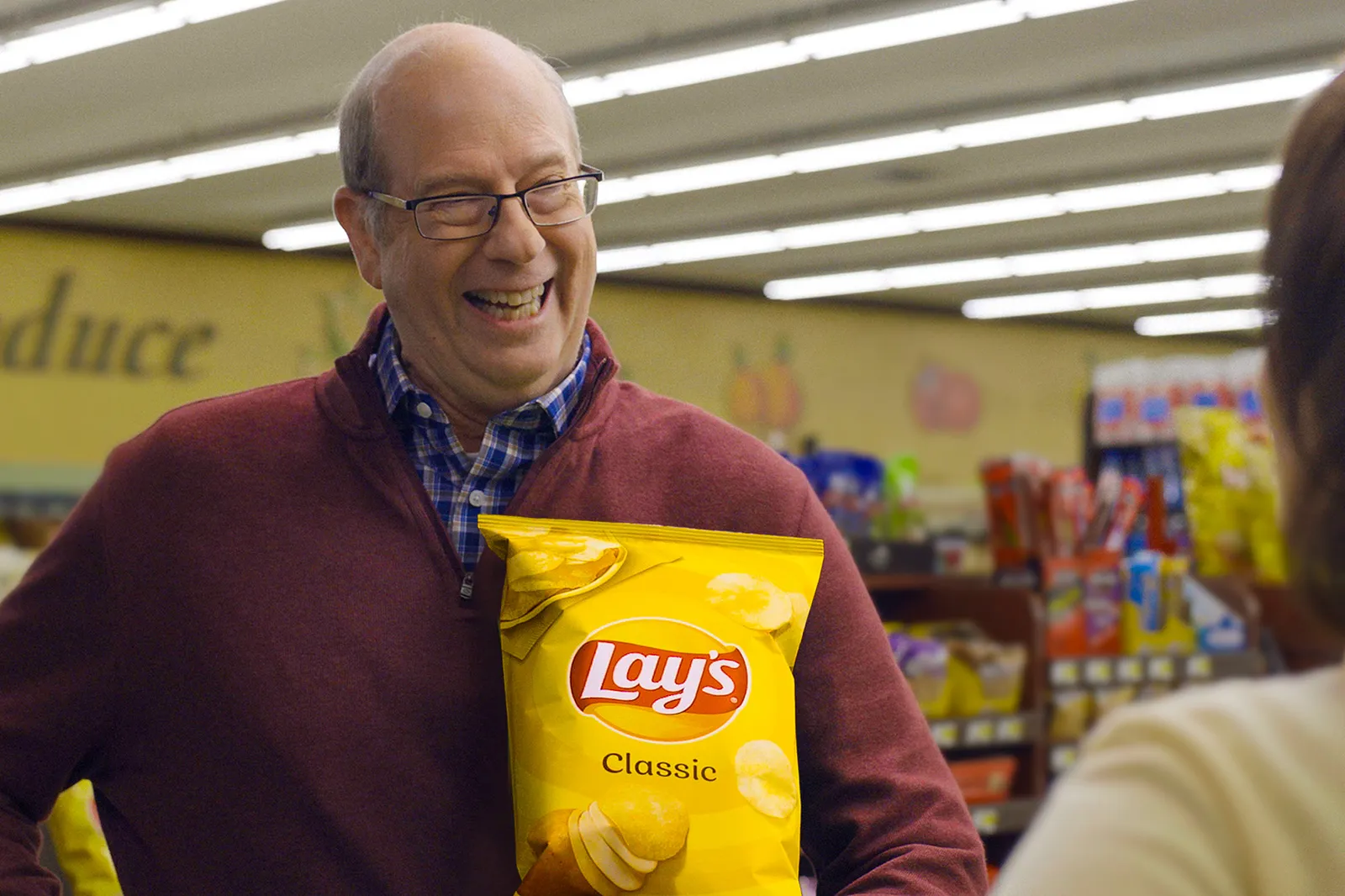
“Groundhog Day” actor Stephen Tobolowsky for Lay’s
Courtesy of PepsiCo
Best media strategy: Lay’s “Groundhog Lay’s”
At a time when more marketers are prioritizing quick-hit social content, Lay’s proved that a clever paid media strategy can still make waves — on linear TV no less. The chip maker ran eight spots a total of 75 times on ABC for Groundhog Day, recreating the disorienting time-loop of the 1993 movie bearing the holiday’s name for both unassuming viewers and the campaign’s protagonist.
The effort starring “Groundhog Day” actor Stephen Tobolowsky as a grocery shopper who slowly realizes he’s in checkout lane hell allowed Lay’s to capitalize on the Super Bowl conversation without the $7 million commercial buy while owning an underleveraged holiday.
“We were able to hack, not only culture, but also the industry at a time that normally is so oversaturated,” said Chris Bellinger, chief creative officer at PepsiCo Foods U.S.
“Groundhog Lay’s” came together in two weeks based on a text pitch from agency Maximum Effort, with assists from Kimmelot, OMD and Disney. It generated 1.4 billion earned media impressions and recently received a round of Clio awards, including gold in the brand promotion category.
“There wasn’t a chance to trip over ourselves,” said Bellinger. “The speed at which we were able to move, it kept the simplicity of the idea as the centerpoint.”
Bellinger admitted that there was more the brand could have done with the concept in hindsight, namely implementing a robust social strategy. But “Groundhog Lay’s” opened the door to fresh lines of creative thinking for the legacy snacks giant, including around where to source ideas from and which calendar occasions to hit the gas on marketing. Could Arbor Day be next?
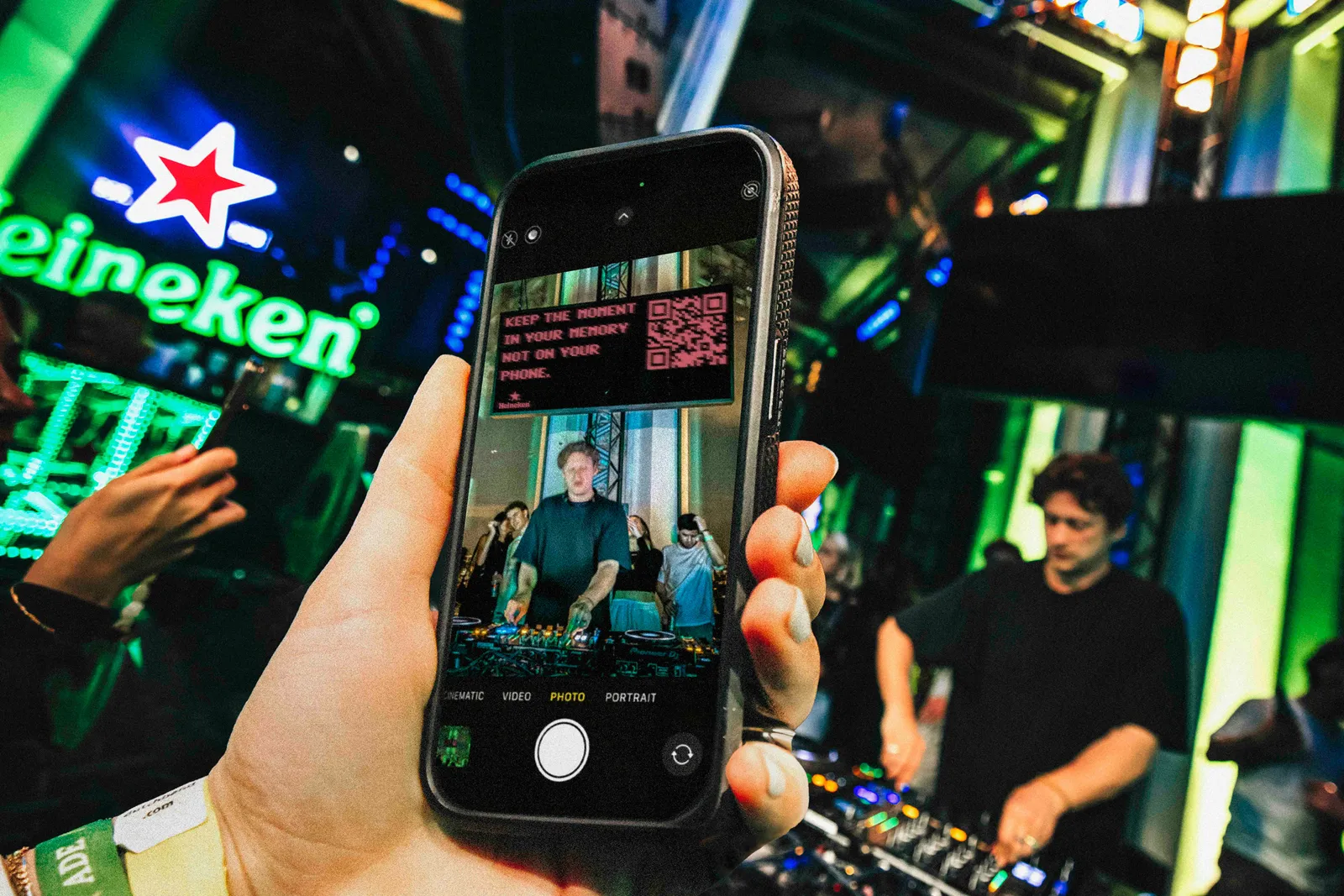
Heineken shares a secret message at the Amsterdam Dance Event
Courtesy of Heineken
Best mobile campaign: Heineken’s “Boring Mode”
Heineken threw it back to the early 2000s with a multifaceted campaign celebrating pre-smartphone social occasions. To encourage disconnection, the beer brand launched a mobile app that turns any phone into a “boring phone,” blocking other apps, notifications and camera functions for a set period of time and allowing users to live in the moment.
To embrace nostalgia for Y2K, a limited number of actual phones were made in collaboration with streetwear brand Bodega. The phones were launched in April at Milan Design Week, with over 70,000 people attempting to obtain one of the 5,000 available units.
The campaign was developed in partnership with Publicis Groupe’s LePub and inspired by research commissioned by Heineken that found 35% of Gen Z and millennial consumers check their phone more than they would like during social events. Smartphones can also put a damper on live events, with 41% of Gen Z and millennials indicating phones in the air was an annoyance.
The mobile app and physical product not only tapped into a desire for connection and nostalgia, but also pointed to renewed interest from brands in developing apps. While high costs have made such activations difficult in the past, the widespread use of generative AI could pave the way for more app-based campaigns.
“The essence of this tech-driven initiative is to redefine the concert experience, creating spaces with no distractions where people can authentically live the moment and immerse themselves in the magic of live music,” said Bruno Bertelli, global CEO LePub and CCO Publicis Worldwide in a statement.











